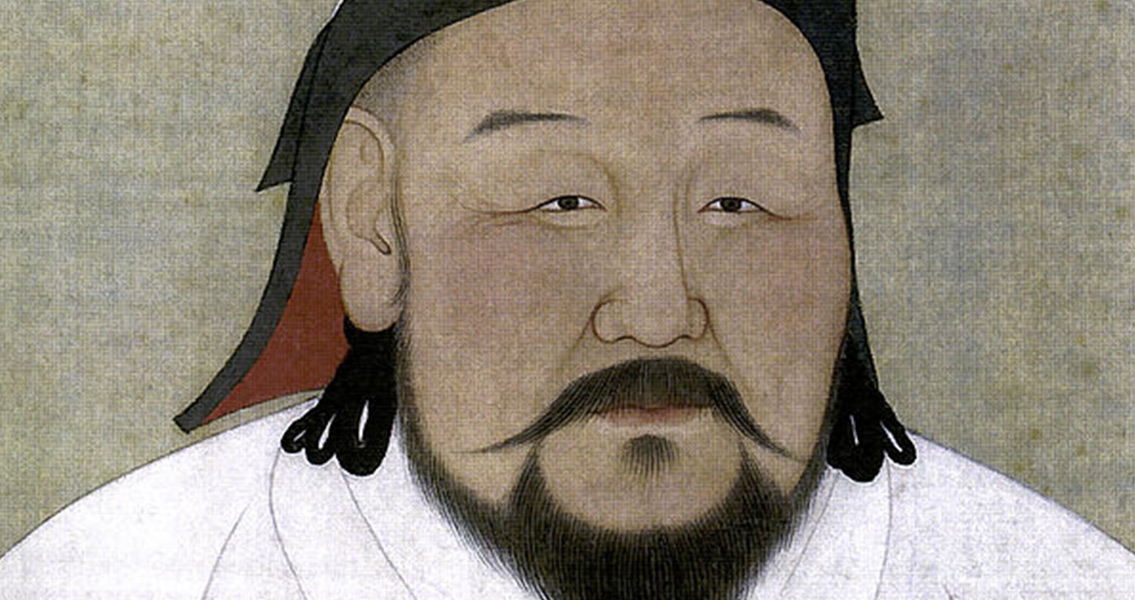<![CDATA[An ancient legend describes the kamikaze or 'divine wind' that protected Japan from the Mongol fleets of Kublai Khan. By the end of the thirteenth century Kublai had conquered much of China, and he hoped to expand his empire to encompass Japan. To attack Kyushu, the southernmost of the four main Japanese islands, he amassed one of the largest armadas the world had ever seen. Twice, in 1274 and 1281, Khan sent his forces across the Korea Strait, but each time his fleet was destroyed. Legend has it that the ships were sunk by the Japanese emperor summoning two massive storms, the 'kamikazes'. This account however, is often seen as merely a myth. Leaving aside the divine nature of the storms, typhoons are relatively rare in the Korea Strait. More credit tends to be given to the Japanese troops who fought Kublai's forces. A contemporary description of the 1274 battle at Hakata Bay makes no mention of a typhoon, only a shift in wind direction that helped the Japanese repel the invaders. The story has since been reinterpreted for use as propaganda; Emperor Hirohito resurrected the tale when he appealed to Japanese pilots to become his 'divine winds' during the attack on Pearl Harbour in 1941. Dr Jon Woodruff, Associate Professor at the University of Massachusetts in Amherst, has recently uncovered evidence which could prove a series of typhoon-strength storms struck in the late thirteenth century. By excavating lake sediments on Kyushu, Woodruff and his team have discovered that typhoons were more common in western Japan 500 years ago than they are today. Two of the sediment layers may even have been deposited by the typhoons which inspired the kamikaze legend. Woodruff and his team excavated sediments from lake bottoms near the coast. Sediments give geologists a record of past weather phenomena, as they often contain materials washed onto land by storms. Layers from Lake Daija contained large amounts of rock not found in the local area. At another local lake, Woodruff and his team found deposits rich in titanium, a metal more commonly found in a nearby river. The most likely source of these materials would be shells and sand picked up by powerful typhoons and washed inland. By carbon dating samples from these layers of sediment, Woodruff found they were deposited at similar times to the invasions of Kublai Khan. "We have fairly strong evidence of two intense inundations at the end of the thirteenth century," said Woodruff in an interview with National Geographic. There could therefore be more to the legend than first appears. Woodruff's findings provide an important addition to the historical record and bring us one step closer to discovering what happened to Kublai Khan's invasion fleets. When combined with the discovery of wrecked ships in Imari Bay a few weeks ago, Woodruff said the sediments could provide "one of the earliest historical examples of atmospheric and oceanic conditions having a significant geopolitical impact." ]]>
Evidence for Kamikaze Divine Wind Discovered
